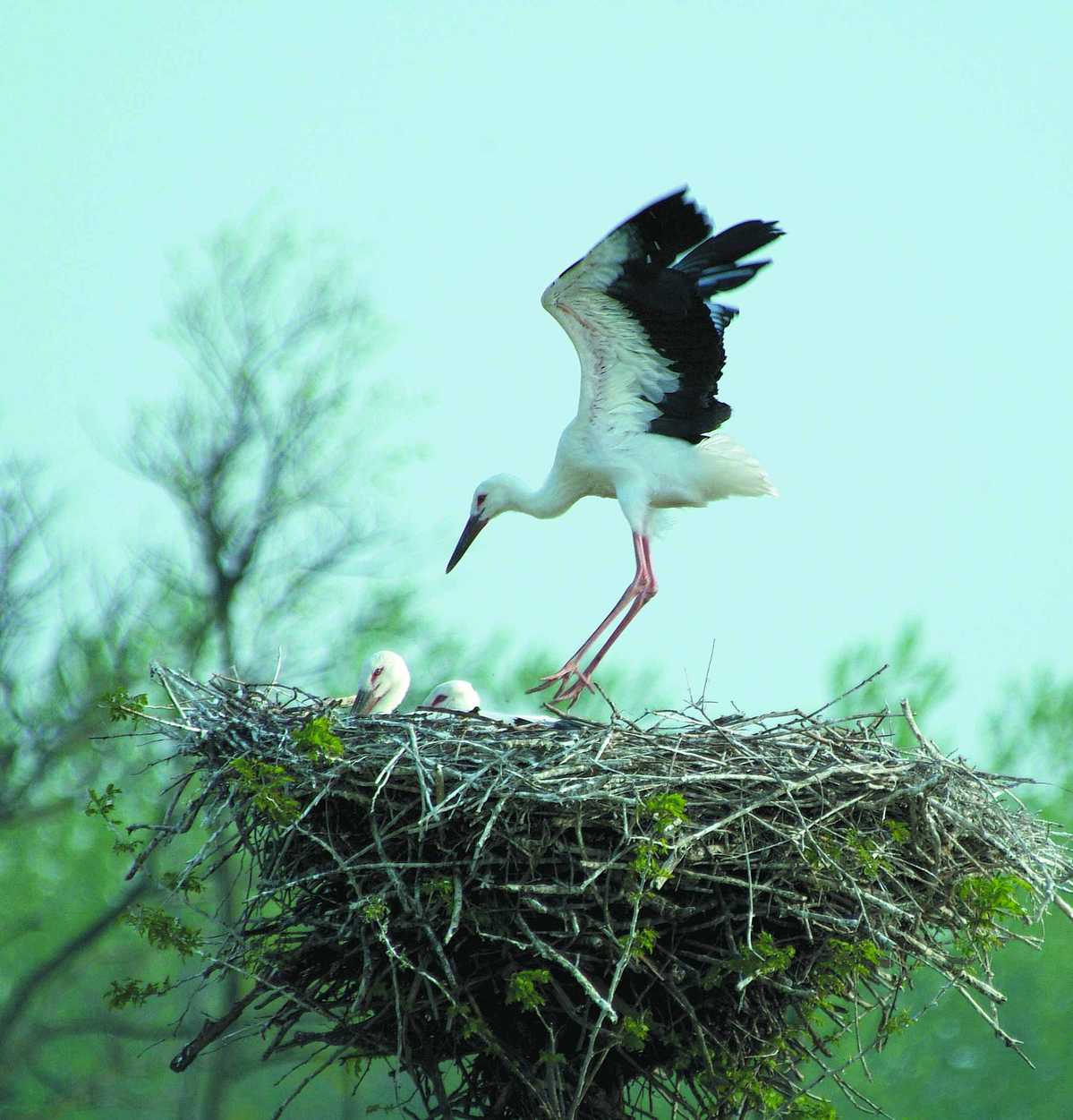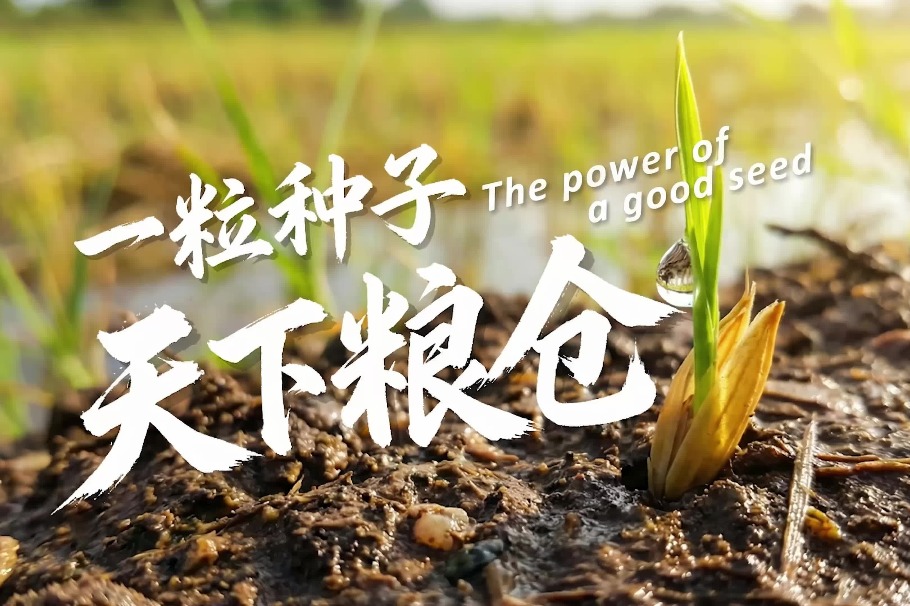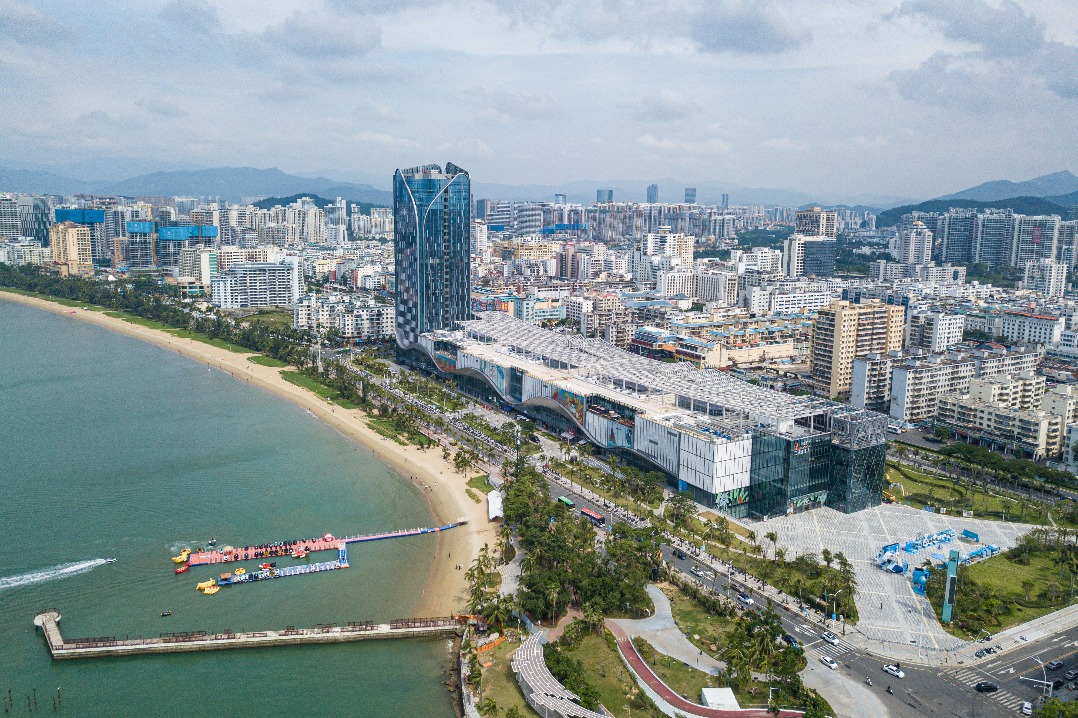City powers ahead with green transformation






Firm commitment
Yancheng's Green Port is poised to play a pivotal role in reducing carbon emissions, with the first phase of China National Offshore Oil Corp's Jiangsu Binhai Liquefied Natural Gas Project starting operation this month.
Based on an annual processing capacity of 6 million metric tons of liquefied natural gas, the Green Port will use eco-friendly solutions each year to provide enough gas for residents in Jiangsu to use for 28 months.
Xu Bin, deputy Party chief of Yancheng Green Energy Port, said the port is expected to reduce carbon dioxide emissions by 37.64 million tons annually.
"This reduction is equivalent to the positive environmental impact of planting 80 million trees," he added.
Committed to building a new energy industry, Yancheng is focusing on expanding and strengthening its wind power and photovoltaic industries. One particular project that stands out is an offshore wind farm in the city's Dafeng district.
Power generated by wind turbine blades is transformed into electricity before being transmitted through underwater cables to a booster station connected to the power grid, ensuring that electricity reaches thousands of households.
Zhou Bin, secretary of the Communist Party of China's Yancheng Committee, said earlier this year that the city's installed new energy capacity had surpassed 13 million kilowatts, and it is being accelerated to reach 20 million kW, with an industrial scale of 200 billion yuan ($27.5 billion).
"As the first city in the Yangtze River Delta region to generate tens of millions of kilowatts of new energy power, Yancheng's offshore wind power generation accounts for nearly half the province's total and 20 percent of the national total," Zhou said.
"Renowned for having the largest green area in the Delta region, Yancheng consistently achieves the best air quality in Jiangsu, ranking among the top cities nationwide in this respect. Every breath we take in Yancheng refreshes our lungs, and every step we make brings us a sense of relaxation.
"Yancheng boasts the longest coastline, largest coastal mud flats area, broadest sea area, and the most extensive development hinterland in Jiangsu. We are committed to embracing a higher level of openness to the outside world, with the aim of building a city that is ecologically green and livable."
Efforts have been made in recent years to restore degraded and arid coastal wetlands in the Tiaozini Wetland. Ecological restoration work has been carried out along a 27.6 km stretch of land, with more than 4,000 hectares of wetlands restored.
Wang, the deputy director, said: "Our goal is to enhance the quality, stability and service functions of coastal ecosystems. We aim to restore habitats for rare and endangered migratory birds, enhance the diversity of species, and establish the Dongtai coastal area as a globally recognized model for the protection of coastal wetlands."
To enhance public engagement with wetlands and world heritage sites, the authorities in Yancheng have repurposed the city's old railway station as the Yellow Sea Wetland Museum to provide an immersive experience for visitors.
A series of textbooks on wetlands aimed at primary and middle school students has also been introduced to further nurture a sense of environmental protection among the younger generation.




















